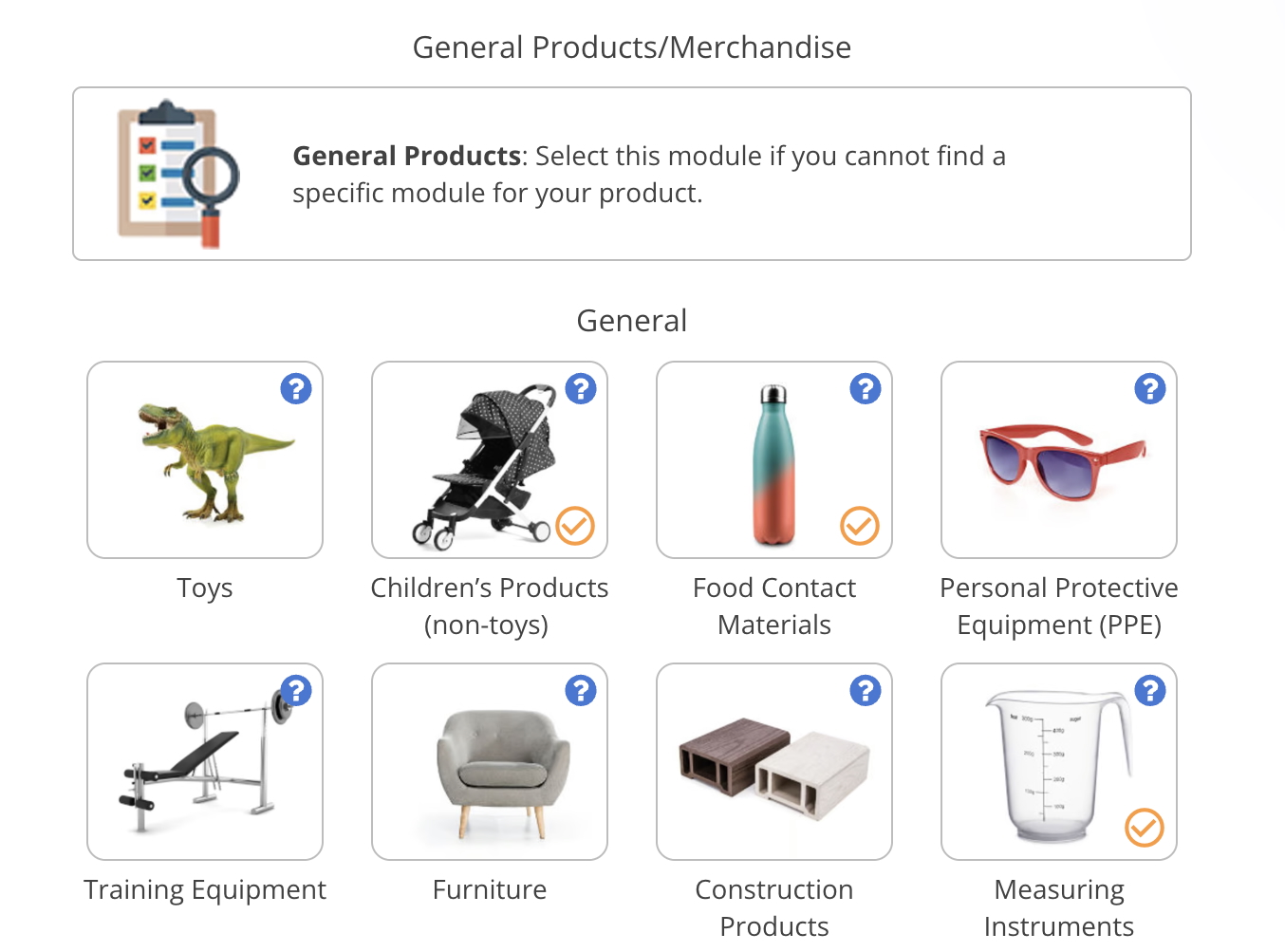
Certain products require the involvement of a notified body before they can be sold in the European Union. Whether that is the case depends on the applicable EU regulations and directives, and whether the product belongs to a certain category.
In this guide, we provide examples of product types that require the use of a notified body, while also explaining the basis.
Content Overview

FREE CONSULTATION CALL (30 MIN)
 Ask questions about compliance requirements
Ask questions about compliance requirements Countries/markets:
Countries/markets:
 Learn how we can help your business
Learn how we can help your business
You will speak with:Ivan Malloci or John Vinod Khiatani
Personal Protective Equipment (PPE)
According to the Personal Protective Equipment Regulation, PPE is defined as equipment that protects users against health and safety risks.
There are three risk categories of PPE, two of which require use of a notified body. The table below lists the risk categories, along with examples of products listed in the PPE Guidelines document, for each category. It also specifies whether you need a notified body for the risk category in question.
| Product category | Product examples | Notified body required? |
| Category I | Non-corrective sunglasses
Diving goggles and face masks with integrated snorkel Ski goggles Light headgear that protects the scalp Professional clothing to protect against the rain Sport shoes |
No |
| Category II | Eye filters
Head protection for sports against mechanical impact Face protection equipment (e.g. face shields) Diving and immersion suits Beekeeper garments Protective clothes for waterskiing |
Yes |
| Category III | Hearing protection
Equipment to protect against falls (e.g. climbing carabiners) Respiratory protective equipment Equipment to protect against electric shock Life jackets PPE designed to protect against high-pressure jets with a pressure of over 200 bars |
Yes |
Electronics
The following table lists directives and regulations that apply to electronics and their product scope. It also explains the circumstances under which a notified body is needed for each directive or regulation.
| Regulation | Product scope | Notified body required? |
| RoHS Directive | Electrical and electronic equipment (EEE) in the categories listed in Annex I
Examples: a. Washing machines b. Toasters c. Personal computers |
No |
| Low Voltage Directive | Electrical equipment with a voltage range between 50-100V (AC) and 57-1500V (DC). | No |
| Radio Equipment Directive | Radio equipment. | Yes, but only if harmonised standards are not applied, or when they do not exist for your product. |
| EMC Directive | Apparatus or fixed installations
Examples: a. Electronic taximeters d. Road traffic signal systems e. Arc welding equipment |
Article 14 specifies that you can choose between using either:
a. The conformity assessments in Annex III that require you to use a notified body, or b. The conformity assessment in Annex II that does not require you to use a notified body |
| Ecodesign for Sustainable Products Regulation | All physical products, except those listed in Article 1(2) | Article 4 of this regulation indicates that the EU Commission should adopt delegated acts to inform manufacturers which conformity assessments they can use.
You may need to use a conformity assessment body for some of those assessments. |
| Cyber Resilience Act | Products with digital elements designed to connect to a device or network via data or physical means | Yes, when harmonised standards, common specifications or European cybersecurity certification schemes exist (but are not, or partially, applied) or do not exist. |
Batteries
The table in this section lists types of batteries listed in the Batteries Regulation, and examples of such batteries. It also explains when you need a notified body for those products.
As we could not find examples of products in the regulation, we found some examples from both an EU briefing document and e-commerce websites.
| Battery type | Product examples | Notified Body required? |
| Portable batteries | AA batteries
Mobile phone batteries |
No |
| Electric vehicle batteries | Lithium-ion batteries
Lead-acid batteries |
Yes, when the conditions set in Articles 7 and 8 apply |
| Rechargeable industrial batteries | Lithium-ion rechargeable batteries
Nickel-cadmium batteries |
Yes, when the conditions specified in Articles 7 and 8 apply |
| Light means of transport (LMT) batteries | Batteries for e-bikes
Batteries for e-scooters |
Yes, when the conditions specified in Articles 7 and 8 apply |
| Starting, lighting and ignition (SLI) batteries | Automotive batteries
Marine and RV batteries |
Yes, when the conditions in Article 8 apply |
Toys
The Toy Safety Directive defines toys as products intended for play by children under 14 years. Whether you need a notified body depends on the existence and application of harmonised standards.
| Situation | Notified body required? |
| Harmonised standards exist and are applied | No |
| Harmonised standards exist, but were not applied | Yes |
| Harmonised standards do not exist | Yes |
Construction Products
A construction product is a product or set of products manufactured for use in building projects. The Construction Products Regulation features several systems of assessment and verification for constancy of performance (AVCP). Whether you require a notified body depends on which system of AVCP you use.
This section lists the different systems of AVCP and when a notified body is required. Note that the regulation lists four types of notified bodies in Annex V that perform the different systems of AVCP:
- “Notified product certification body”
- “Notified factory production control certification body”
- “Notified assessment validation body”
- “Notified laboratory”
The EU’s “Construction Products Regulation (CPR)” page lists six delegated decisions that specify which systems of AVCP apply to which construction products or families of construction products. The product examples listed in the table below come from those delegated decisions.
| System of Assessment and Verification of Constancy of Performance | Product examples | Notified body required? |
| System 1+ | Anchor devices | Yes – a notified product certification body |
| System 1 | Manhole covers and gully tops | Yes – a notified product certification body |
| System 2+ | Metal-faced sandwich panels for structural use
Geosynthetics (membranes and textiles) used for drainage |
Yes – a notified factory production control certification body |
| System 3 | Ventilation ducts and pipes for air ventilation
Septic tanks |
Yes – a notified laboratory |
| System 3+ | We could not find an example | Yes – a notified assessment validation body |
| System 4 | Balustrade kits
Railing kits |
No |
Medical Devices
The Medical Devices Regulation sets requirements for different types of medical devices. This section lists medical device classes and product examples. It also explains in which cases you need a notified body.
We found examples of products in the Guidance on classification of medical devices document published by the EU.
| Medical device class | Product examples | Notified body required? |
| Class I | Adhesive bandages
Examination gloves |
Yes, but only for devices that:
a. Are sterile, or b. Have a measuring function, or c. Are reusable surgical instruments |
| Class IIa | Short term corrective contact lenses
Tracheal tubes |
Yes |
| Class IIb | Long-term use urethral stents
Long-term use urinary catheters |
Yes |
| Class III | Neuro-endoscopes
Spinal needles |
Yes |
Measuring Instruments
The Measuring Instruments Regulation sets requirements for different types of measuring instruments. You generally need a notified body to perform the conformity assessment on your product.
| Instrument-specific Annex | Product scope | Notified body required? |
| Annex III | Water meters | Yes |
| Annex IV | Gas meters and volume conversion devices | Yes |
| Annex V | Active electrical energy meters | Yes |
| Annex VI | thermal energy meters | Yes |
| Annex VII | measuring systems for the continuous and dynamic measurement of quantities of liquids other than water | Yes |
| Annex VIII | Automatic weighing instruments | Yes |
| Annex IX | Taximeters | Yes |
| Annex X | Material measures | Yes |
| Annex XI | Dimensional measuring instruments | Yes |
| Annex XII | Exhaust gas analysers | Yes |
Gas Appliances
The Gas Appliances Regulation covers appliances that burn gaseous fuels for purposes such as cooking and refrigeration. It also covers fittings, that is, safety devices designed for incorporation into an appliance.
| Product type | Notified body required? |
| Appliances | Yes |
| Fittings | Yes |
Other regulations that require a notified body
There are other directives and regulations that require you to use notified bodies for certain products and situations. The EU’s “Search by Legislation” page lists 34 directives and regulations for which you need to use a notified body.
Here are the directives and regulations from the list that are not mentioned in the previous sections of this guide:
- Noise Emission in the Environment Directive
- Transportable Pressure Equipment Directive
- Pyrotechnic Articles Directive
- Recreational Craft Directive
- Explosives for Civil Uses Directive
- Simple Pressure Vessels Directive
- Non-Automatic Weighing Instruments Directive
- Lifts Directive
- Equipment for Explosive Atmospheres (ATEX) Directive
- Pressure Equipment Directive
- Marine Equipment Directive
- Rail System Interoperability Directive
- Active Implantable Medical Devices Directive
- Hot Water Boilers Directive
- In-Vitro Diagnostic Medical Devices Regulation
- Cableway Installations Regulation
- EU Fertilising Products Regulation
- Unmanned Aircraft Systems Regulation
- Interoperability of Electronic Road Toll Systems Regulation
- Machinery Regulation
Note that additional regulations that require the use of a notified body, such as the Artificial Intelligence Act (Regulation (EU) 2024/1689), may exist.

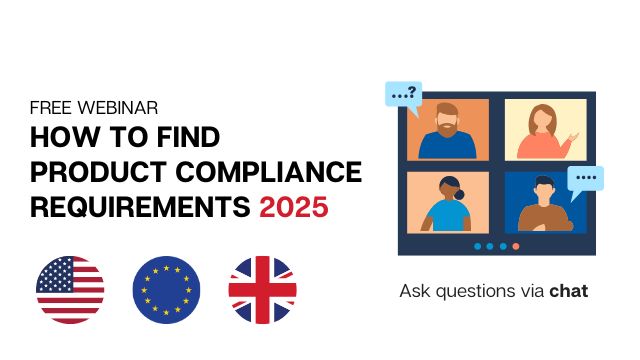
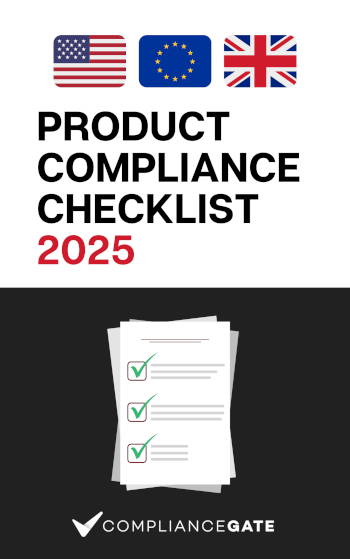


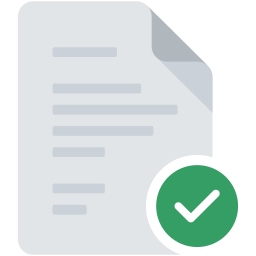

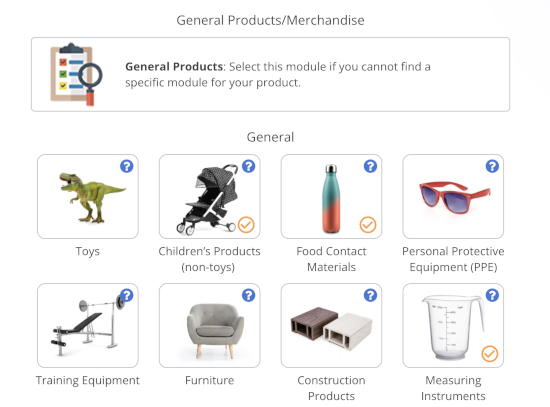






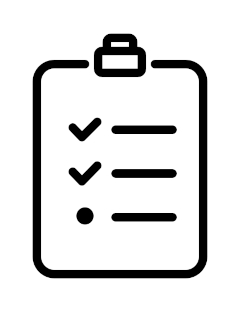


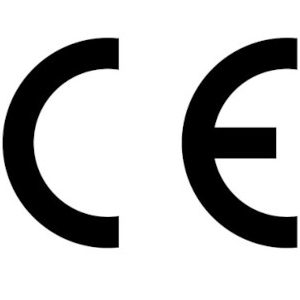




.png)
.png)
.png)
